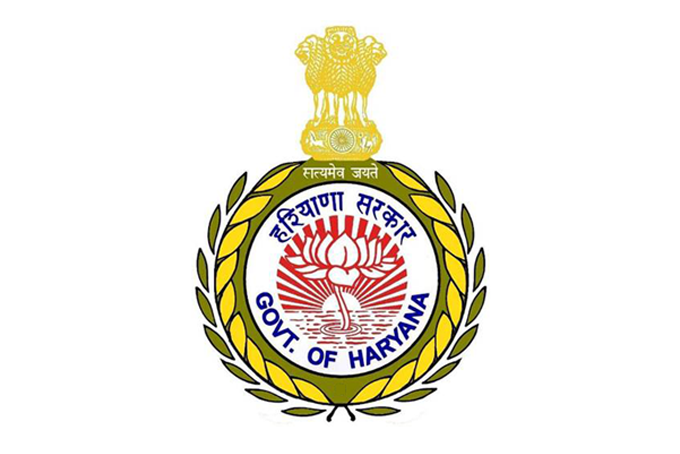The Panipat Museum stands as a profound testament to the intricate tapestry of Indian history, nestled in the heart of Haryana. Established by the Battles of Panipat Memorial Society, this cultural institution illuminates the pivotal moments that shaped the subcontinent's socio-political landscape through three transformative battles fought in 1526, 1556, and 1761.
Located in a British era canal rest house near Binjhol village, the museum offers visitors an immersive journey through time. Its carefully curated collections include antiquities, inscriptions, sculptures, arms, and armours that narrate the complex stories of warriors, empires, and strategic conflicts that defined an era. Enlarged photographs from renowned institutions like the National Museum of New Delhi and the British Library provide visual depth to these historical narratives.
The museum's significance extends beyond mere artifact display. It serves as a memorial to the brave warriors who sacrificed their lives, featuring detailed write-ups, photographs, and trans-slides that capture the human stories behind these monumental battles. Each exhibit tells a nuanced tale of power, strategy, and cultural transformation, from Babur's initial conquest to Akbar's consolidation and the eventual decline of Mughal influence.
Traditional artifacts from various Haryana districts offer a complementary perspective, showcasing the rich cultural heritage of the region. Dresses, ornaments, utensils, agricultural implements, and household goods create a holistic narrative that transcends military history. Models and paintings depicting the three battles provide visitors with a comprehensive understanding of these complex historical moments.
The museum's architecture itself tells a story, housed in a colonial-era building that reflects the architectural remnants of British administrative presence. Its location on the banks of the Delhi parallel canal adds another layer of historical context, bridging colonial infrastructure with the region's deeper historical significance. Despite its current state of neglect, the museum remains a critical site for historical research and cultural understanding.
Local government and historical enthusiasts have been advocating for the museum's restoration and potential relocation to the Kala Amb war memorial. Proposed improvements include developing a light and sound show, creating an open theatre, and installing historical sculptures and warrior statues. These planned enhancements aim to transform the museum into a more dynamic and engaging historical destination.
The stories encapsulated within the Panipat Museum are not merely historical records but living narratives that continue to resonate. From Babur's defeat of Ibrahim Lodi to Akbar's strategic consolidation and the final battle that marked the Mughal Empire's decline, these exhibits provide profound insights into the complex dynamics of power, strategy, and cultural transformation that have shaped the Indian subcontinent.
Modern visitors to the Panipat Museum are invited to explore a space where history breathes, where artifacts and narratives converge to tell a powerful story of human resilience, strategic brilliance, and cultural evolution. Though currently requiring significant restoration, the museum remains a crucial site for understanding the nuanced historical fabric of Haryana and India's rich, complex past.




